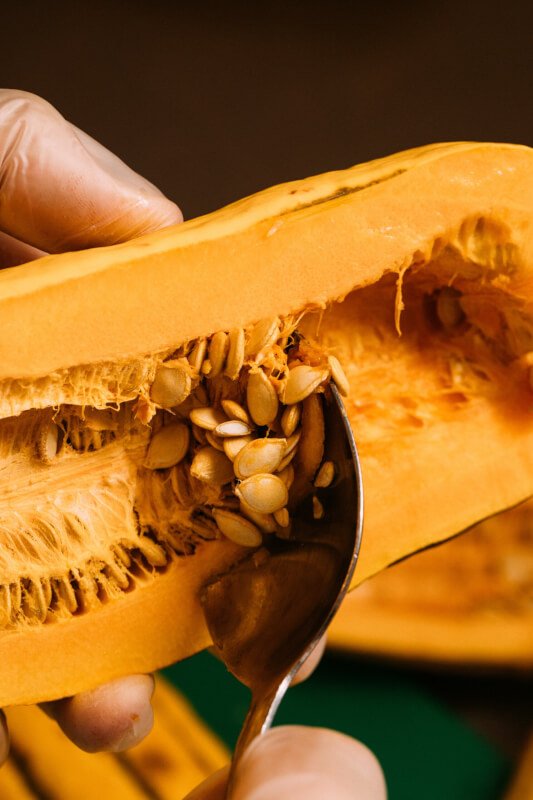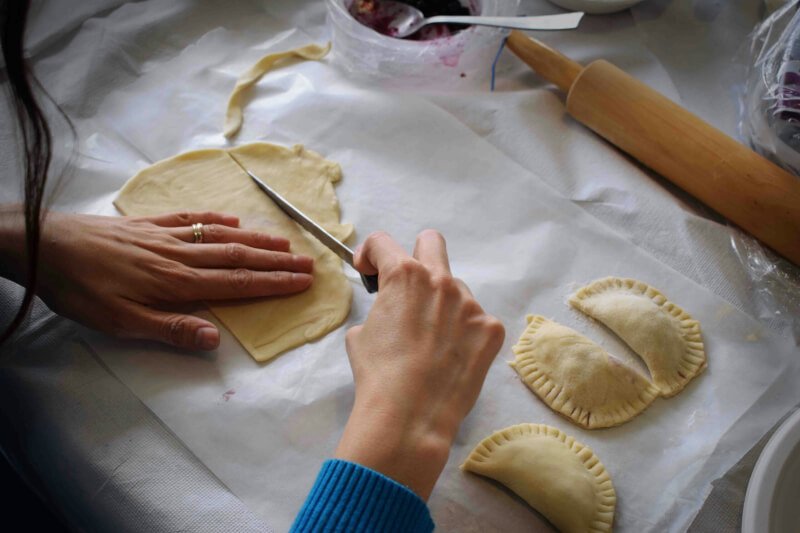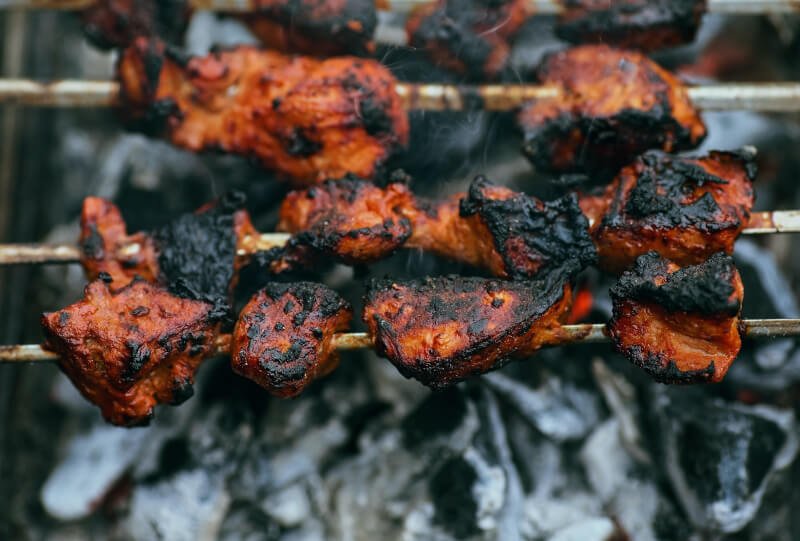Cooking meat can be a delicious and rewarding experience, but it’s easy to make mistakes that can lead to less-than-perfect results. Whether you’re a novice cook or a seasoned pro, it’s important to be aware of some common meat cooking mistakes that could be affecting the taste and texture of your dishes. From overcooking to improper seasoning, this article will highlight some key errors to avoid, ensuring that your next meat dish is a culinary triumph.

Overcooking the meat
One of the most common meat cooking mistakes is overcooking. This can happen for several reasons, but one of the main culprits is cooking at too high of a temperature. When you cook meat at a high temperature, it can quickly become dry and tough, resulting in an unpleasant eating experience. To avoid this, it’s important to follow the recommended cooking temperatures for different types of meat. Using a meat thermometer can also help you gauge the internal temperature and ensure that your meat is cooked to perfection. Another mistake to avoid is leaving the meat in the oven for too long. This can lead to overcooking and a loss of moisture, resulting in a less flavorful dish.
Seasoning mistakes
Seasoning is an essential part of creating a delicious and flavorful meat dish. However, it’s easy to make mistakes when it comes to seasoning meat. One common mistake is underseasoning the meat. This can leave your dish lacking in flavor and impact the overall enjoyment of the meal. On the other hand, overseasoning can be just as problematic. Adding too much salt or other seasonings can overpower the natural flavors of the meat and make it difficult to taste the true essence of the dish. It’s important to find the right balance and taste as you go to ensure that your meat is seasoned to perfection. Additionally, not allowing enough time for marinating can result in meat that lacks depth of flavor. Marinating helps to tenderize the meat and infuse it with delicious flavors. Be sure to allocate enough time for marinating to achieve the best possible results.

Improper thawing methods
Thawing meat properly is crucial to maintain its quality and ensure safe consumption. However, many people make mistakes when it comes to thawing meat. Thawing meat at room temperature is a common error that can lead to bacterial growth. It’s best to thaw meat in the refrigerator, allowing it to slowly thaw at a safe temperature. Thawing meat in hot water is another mistake to avoid. This method can result in uneven thawing and can also lead to the growth of bacteria. Similarly, thawing meat in the microwave can lead to uneven thawing and can even start cooking the meat in certain spots. To ensure the best results, always opt for thawing meat in the refrigerator and plan ahead to allow enough time for the process.
Skipping the resting period
Resting meat after cooking is an important step that is often overlooked. Not allowing the meat to rest can result in a loss of juices when you cut into it, resulting in a drier dish. It’s essential to let the meat rest for a few minutes before slicing or serving. Similarly, cutting the meat too soon can lead to the same issue, as the juices need time to redistribute and be absorbed back into the meat. It’s recommended to wait at least five to ten minutes before cutting into the meat to ensure optimal juiciness and tenderness. Finally, skipping the resting period altogether can make a noticeable difference in the texture and taste of the meat. Take the time to let your meat rest, and you’ll be rewarded with a more flavorful and enjoyable meal.

Using the wrong cooking method
Choosing the right cooking method for your meat is essential to achieve the desired results. Using the wrong method can lead to a disappointing outcome. For example, baking instead of broiling can result in meat that lacks the desirable char and crispy exterior. On the other hand, frying instead of grilling can result in meat that is greasy and heavy. It’s important to select the cooking method that complements the type of meat you’re working with and the desired end result. Additionally, using a slow cooker for lean cuts of meat can lead to overcooked and dry meat. Slow cookers are better suited for tougher cuts of meat that require longer cooking times to become tender.
Not using a meat tenderizer
Tenderizing meat is a crucial step, especially when working with tougher cuts. Failing to tenderize meat properly can result in a chewy and less enjoyable texture. Using a tough cut of meat without tenderizing it first can make it difficult to achieve a tender and flavorful dish. It’s important to employ various tenderizing methods, such as marinating with acidic ingredients, using a meat mallet to pound the meat, or using meat tenderizer powders. Each method helps to break down the connective tissues in the meat, resulting in a more tender and flavorful end product. Take the time to tenderize your meat, and you’ll notice a significant improvement in texture and taste.
Not letting the meat come to room temperature
Cooking meat straight from the refrigerator is a mistake many people make. When meat is cold, it takes longer to cook evenly, resulting in uneven cooking and a less desirable outcome. It’s important to allow enough time for the meat to come to room temperature before cooking. This will ensure more even cooking, better browning, and a juicier end product. Similarly, not taking the meat out of its packaging in advance can lead to uneven cooking and hinder the flavor and texture of the meat. Remove the meat from its packaging and let it sit uncovered in the refrigerator for a short period before cooking to ensure the best results.
Not using the correct cooking utensils
Using the correct cooking utensils when preparing and cooking meat is essential for a successful outcome. Using metal utensils on non-stick pans is a common mistake that can damage the non-stick surface. It’s important to use utensils made of materials that won’t scratch or scrape the non-stick coating, such as silicone, wood, or nylon. Another mistake is using a blunt knife to slice the meat. This can result in uneven and torn slices, affecting the overall presentation and texture of the dish. Invest in a sharp, high-quality knife and ensure it is properly maintained for clean and precise cuts. Additionally, using the wrong size of tongs for flipping the meat can make the cooking process more difficult and increase the risk of accidents. Choose tongs that are the appropriate size and strength for the cut of meat you are cooking to ensure ease and safety in the kitchen.
Ignoring carryover cooking
Carryover cooking is a concept that many home cooks overlook. It refers to the phenomenon where the internal temperature of meat continues to rise after it is removed from the heat source. Underestimating the residual heat can lead to overcooking and dry meat. It’s important to account for this carryover cooking time when determining the cooking time for your meat. Additionally, removing the meat from the heat too soon can result in meat that is undercooked and potentially unsafe to eat. Always use a meat thermometer to ensure that your meat has reached the appropriate internal temperature before removing it from the heat source.
Failure to properly sear the meat
Properly searing meat can make a significant difference in flavor and texture. One mistake is not preheating the pan properly before searing. A hot pan is crucial to achieving a nice sear and locking in the flavors and juices of the meat. Take the time to preheat your pan before adding the meat to ensure a beautiful caramelization. Another mistake is crowding the pan with meat. When there is overcrowding, the meat releases more moisture, making it difficult to achieve a proper sear. It’s important to leave enough space between the pieces of meat to allow for even cooking and browning. Lastly, not patting the meat dry before searing can result in excess moisture, preventing the meat from properly browning. Always pat your meat dry with a paper towel before adding it to the hot pan for the best sear.
By avoiding these common meat cooking mistakes, you can elevate your culinary skills and create delicious and impressive meat dishes. Take the time to properly prepare, cook, and season your meat, and you’ll be rewarded with flavorful, tender, and juicy results. Remember to follow recommended cooking temperatures, use a meat thermometer, and allow enough time for marinating and resting the meat. Choose the appropriate cooking method and utensils, tenderize your meat when needed, and allow it to come to room temperature before cooking. Lastly, be mindful of carryover cooking and ensure a proper sear. With these tips in mind, you’ll be well on your way to mastering the art of cooking meat. Enjoy your culinary adventures!


